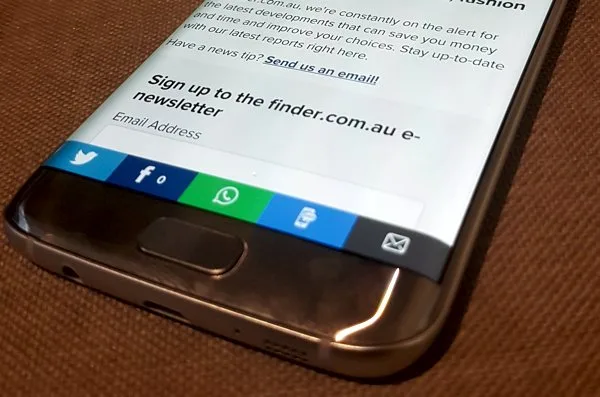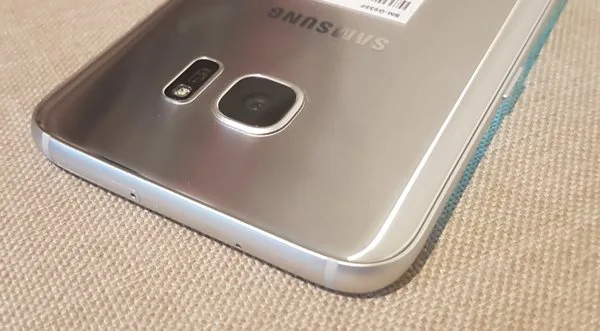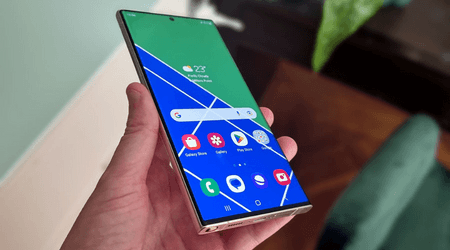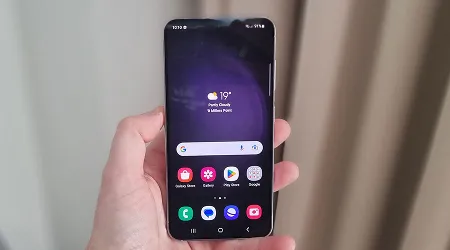Samsung Galaxy S7 Edge review: Plans | Pricing | Specs
Summary
The Samsung Galaxy S7 Edge is one of the most impressive smartphones Samsung has made, cementing the brand at the top of the Android ecosystem.
- Strong premium design
- Standout performance
- Apps and Tasks Edge make sense
- Fast and responsive camera
- Always on Display is quirky but cool
- Astonishing battery life
- Edge is cute but not vital
- The dual SIM/storage dilemma
- Needs more water cooling
- Sealed battery
- Game Launcher doesn’t work quite as well
Details
Pricing & Availability
| Launch price (RRP) | $1,249 |
| Launch date | 2016-03 |
Where the Samsung Galaxy S7 is intended to be the mainstream but premium device in Samsung’s Galaxy S range, the S7 Edge tweaks it just that little bit further with a larger display, curved edges and an increase in battery capacity. For those improvements Samsung commands an absolute premium outright price, although it’s also perfectly feasible to pick the Galaxy S7 Edge up on contract as well.
Design
- The curved design is comfortable and better offers more functionality than previous Edge handsets.
- Edge-specific applications still don't live up to their potential.

Camera
- Despite a lower megapixel count than its predecessor, the Galaxy S7 Edge delivers superior camera performance, especially in low-light scenes.

Performance
- Powerful enough to handle pretty much anything you can throw at it.
- Gaming performance is particularly impressive.
Battery life
- Packs plenty of stamina to get you through the day.
- Significantly outlasts other premium handsets like the iPhone 6S Plus and Google Nexus 6P.
Verdict
- Smart refinements make the Galaxy S7 Edge a worthy successor to the S6 Edge/Edge Plus.

Pricing and availability
- Price: ~$500 to $600
- Where to buy: eBay
Specifications
Display
Camera
Physical Dimensions
Connectivity
Power, storage and battery
Device features
Latest Samsung phone news

Where to buy the Samsung Galaxy S23 in Australia
Find out where you can buy the Samsung Galaxy S23 phone range in Australia right now.
Read more…
Samsung Galaxy S23 range: Australian specs, price and availability
As expected, Samsung's got a trio of fancy new smartphones to kickstart its 2023 smartphone strategy.
Read more…
Hands-on with Samsung Galaxy S23: Which model is best?
We went hands on with Samsung's new Galaxy S23 range to determine which one is best.
Read more…Image: Shutterstock
